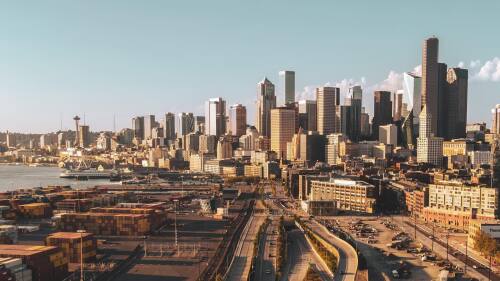The Capitol Hill’s Bullitt house in the Harvard-Belmont area will soon go before the Landmarks Preservation Board (LPB) for potential new landmark status — ooh, ahhhhh.
That got us thinking about the process in general. Here’s how a building or structure gets such a status.
Basics
Seattle’s landmark designation process is handled by the city’s Historic Preservation Program and the LPB. There are currently 400+ individual sites, buildings, vehicles, vessels, and street clocks that have been made into landmarks.
This designation prevents demolition and changing the features of certain buildings.
Qualifications
Not any old building can be the recipient of such protection. In order to be considered for landmark status, a building must be at least 25 years old and have at least one connection to the following:
- A historical event
- Someone significant to local, state, or national histories
- Important cultural, political, or economic heritage
- An important architectural style or method of construction
- The work of a notable designer or builder
- A notable contribution to the character of a building.
The process
The city’s landmark status procedures contain three steps.
- Nomination: This can be done by any group or person. Submissions must include a property description, a bit about its historical significance, and some pics. The Historic Preservation staff then takes a look and make sure the application is in ship shape.
- Review: If everything’s good, the LPB schedules two public meetings. The first to approve the nomination, the second to approve designation. The public can make comments at both meetings. In the second meeting, it’s possible that the board decides to designate only part of the location or a certain feature.
- Legislation: If approved, the Historic Preservation staff takes the designation preps an ordinance for City Council to check out. If the council approves, voila — we have a new landmark.











